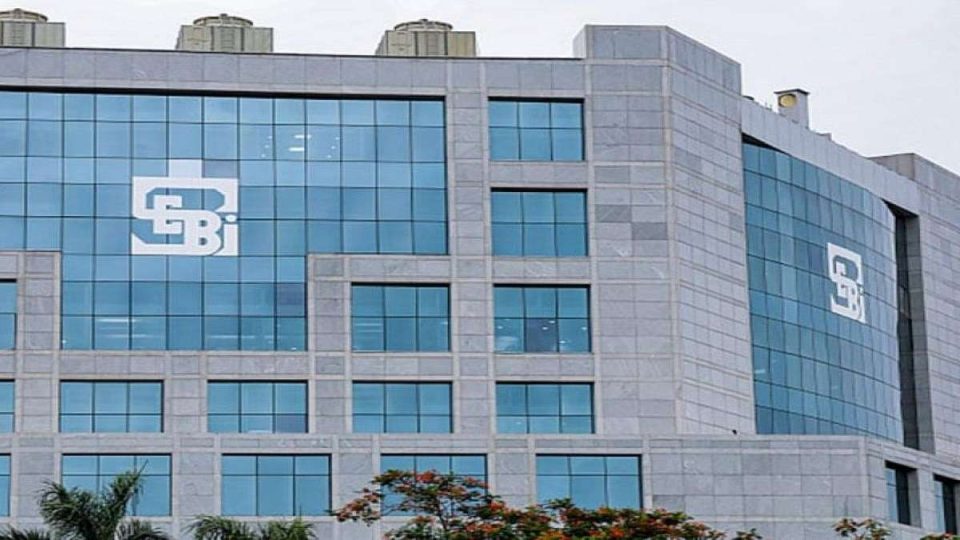Following the Hindenburg-Adani incident, markets watchdog Sebi has proposed tightening disclosure standards for high-risk foreign portfolio investors (FPIs) who own more than 50% or more equity assets under management (AUM) in a single corporate entity.
Such FPIs must make additional disclosures regarding such funds’ ownership, economic interest and control.
Sebi said in a consultation paper that Wednesday’s proposal aimed to prevent circumvention of the minimum public shareholding (MPS) requirement and possible abuse of the FPI avenue to guard against the inherent risks of opportunistic takeovers of Indian companies.
Sebi is also trying to prevent overseas entities from indirectly controlling Indian companies through shell companies.
The proposal comes months after US-based short-seller Hindenburg Research claimed in a report that some FPIs held large stakes in Adani Group-listed companies. Hindenburg also claimed that some FPIs were fronts for promoter entities. Sebi has hit a dead end when determining the ultimate beneficiaries of certain FPIs.
The regulator’s document proposes classifying FPIs as high, medium and low risk.
Low risk: Government entities such as sovereign funds and central bank funds will be eligible
Medium risk: Pension or public retail funds with a diversified investor base
High risk: All other FPIs
All FPIs are proposed to be classified as high-risk FPIs, except for governments and government-related entities such as central banks, sovereign wealth funds, pension funds, or public retail funds. According to Sebi, with an FPI AUM of Rs 2.6 lakh crore as of March 2023, or 6% of total FPI equity AUM, less than 1% of Indian equity market capitalization could be identified as high-risk FPIs.
Full details of the operating structure must be provided if a high-risk FPI holds more than 50% of a group.
For medium-risk entities, the designated depository participant or custodian is responsible for verifying and confirming the status of entities such as pension funds or public retail funds with a broad and diverse investor base.
“Sebi has been mindful of the need to walk a tightrope between ensuring trust and transparency and the ease of doing business in India. Hence, it is recommended to obtain additional disclosure only from FPIs classified as high risk, which also meet the designated other criteria,” said Suresh Swamy, a partner at PwC.
FPIs with more than 50% exposure to a single group or assets exceeding Rs 2,500 crore will be flagged as “high risk”. They must provide additional information, such as full ownership identification, financial interests and assets. They must comply with the new specification within six months, or FPIs will have to drop their AUM below the threshold for a period. Additionally, failure to provide these disclosures will invalidate the FPI registration.
According to Hindenburg Research, the Adani Group held shares in listed companies under the guise of FPI, and the actual promoters’ shareholding exceeded the promoter’s maximum limit of 75%. As noted in the Business Standard editorial, the Sebi consultation paper “is ultimately about finding the beneficial owners of shares held by FPIs, which have concentrated portfolios. It tightens disclosure requirements on beneficial ownership, which had been relaxed earlier.”
Four Mauritius-based FPIs were found to have invested almost all of their capital in Adani Group shares. The four FPIs were named in a Hindenburg Research report, which said they were used to prop up the share price of Adani Group stock. When Sebi conducted its investigation, it could not zero in on the ultimate owners of these FPIs.
“It has been observed that some FPIs concentrate a significant portion of their equity portfolios in a single investee company/corporate group. In some cases, these concentrated holdings are also near-stationary and maintained over long periods. This concentration triggers the possibility that promoters of such conglomerates or other investors acting in concert may use the FPI route to circumvent regulatory requirements such as maintaining a minimum public float (MPS),” said the Sebi consultation paper.
If this is the case, Sebi noted, the apparent free float of listed companies may not be true, increasing the risk of price manipulation of such shares. To ensure no such circumvention of MPS or other relevant regulations, Sebi considers it necessary to obtain detailed information from FPI. If FPIs are used to disclose details about beneficiary owners/ultimate beneficiaries, it becomes easier to investigate whether these entities have any connection to the promoter group.
The government has amended the foreign direct investment (FDI) policy by press release 3 (2020) on April 17, 2020, to discourage speculative acquisitions of stressed Indian companies at lower valuations. Mandatory, through a press release, that entities of countries that share a land border with India or whose beneficial owner is located in or is a citizen of any such country investing in India can only invest under the government route.
Sebi is concerned that FPIs may be used by entities in these countries as a front to hide ownership of Indian shares.
“While Press Note 3 does not apply to FPI investments, the FPI pathway may be abused to circumvent the provisions of Press Note 3. To do this, there is a need to identify investor granularity levels for high-risk FPIs with large equity portfolios whose investors may be located outside countries with land borders. In some cases, it has been observed that while high-risk FPIs may be located outside countries with non-land borders, such high-risk investor FPIs may be outside countries with land borders,” Sebi noted.






